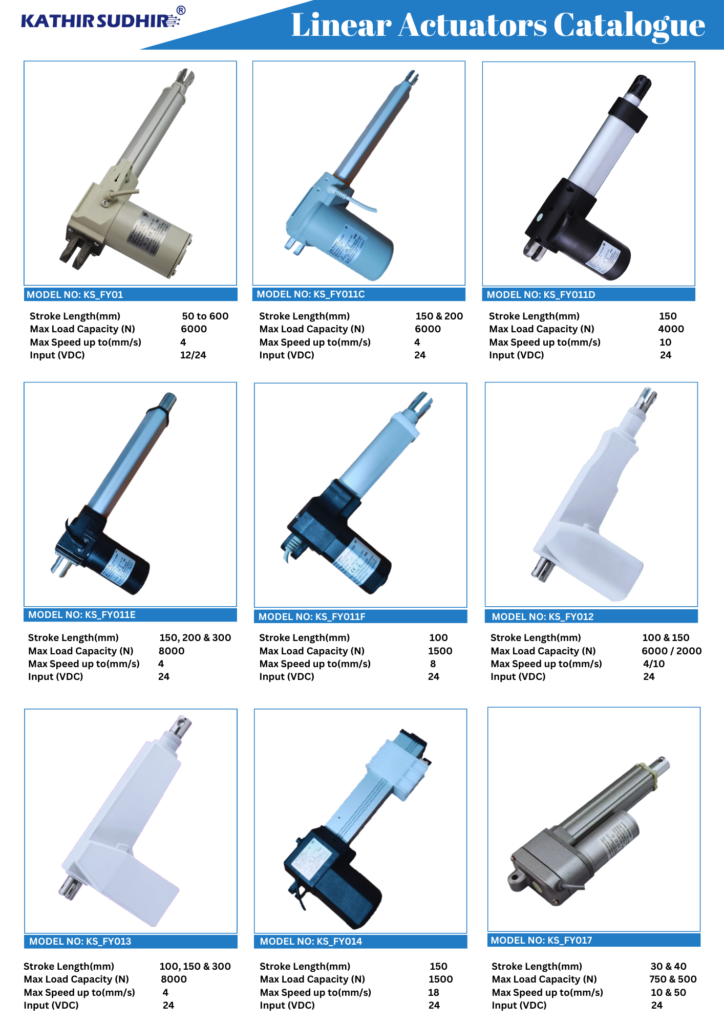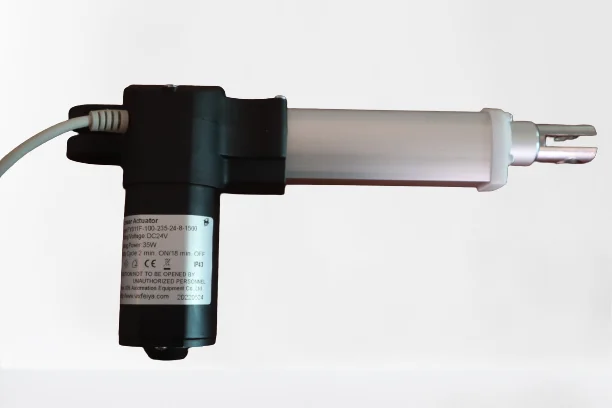A linear actuator is a type of mechanical device that is used to convert rotational motion into linear motion. This technology is commonly used in a variety of applications, from robotics and automation to medical devices and aerospace engineering. In this guide, we’ll explore how linear actuators work and their various applications.
What is a linear actuator?
A linear actuator is a type of mechanical device that is used to convert rotational motion into linear motion. This is achieved through the use of a motor, which rotates a screw or nut that is attached to a rod or other linear component. As the screw or nut rotates, it moves the linear component in a linear direction, allowing for precise control over movement and positioning. Linear actuators are commonly used in a variety of applications, including robotics, automation, medical devices, and aerospace engineering.

Factors to consider when choosing a linear actuator.
When choosing a linear actuators, there are several factors to consider. These include the load capacity, speed, stroke length, and accuracy required for your specific application. It is also important to consider the type of actuator, such as electric, hydraulic, or pneumatic, as well as the environmental conditions in which it will be used. Additionally, the cost and maintenance requirements should also be taken into account when selecting a linear actuators.
Another factor to consider is the stroke length, which refers to the maximum distance that the actuator can move the load. This is important to consider when designing a system that requires a specific range of motion. Additionally, the accuracy of the actuator is also critical in applications that require precise positioning or control.
Types of Actuator
When selecting a linear actuators, it is also important to consider the type of actuator that is best suited for your needs. Electric linear actuators are popular due to their ease of use and precise control, while hydraulic and pneumatic actuators are typically used in applications that require high force or power.
Environmental conditions are also an important consideration when choosing a linear actuators. Factors such as temperature, humidity, and exposure to dust or debris can all impact the performance and lifespan of the actuator. Finally, it is important to consider the cost and maintenance requirements of the actuator to ensure that it is a feasible option for your application.
Conclusion
In conclusion, selecting the right linear actuators for your application requires careful consideration of factors such as load capacity, speed, stroke length, accuracy, type, environmental conditions, cost, and maintenance requirements. By taking the time to evaluate these factors, you can ensure that you choose an actuator that will provide optimal performance and longevity for your specific needs. For selecting a good actuator kindly visit our website https://electricactuator.in/

